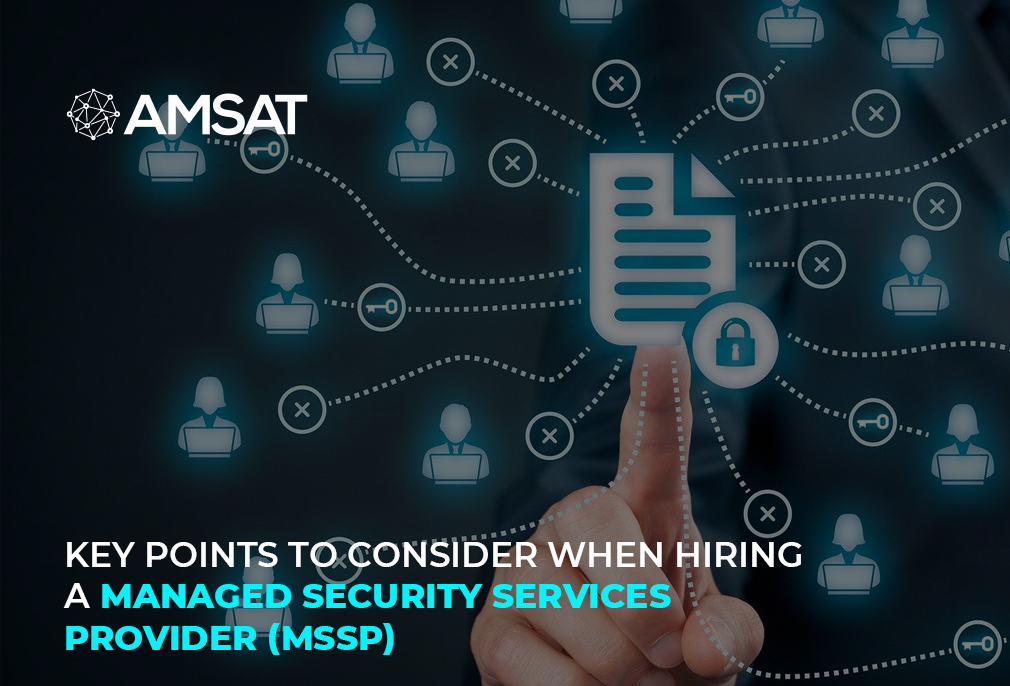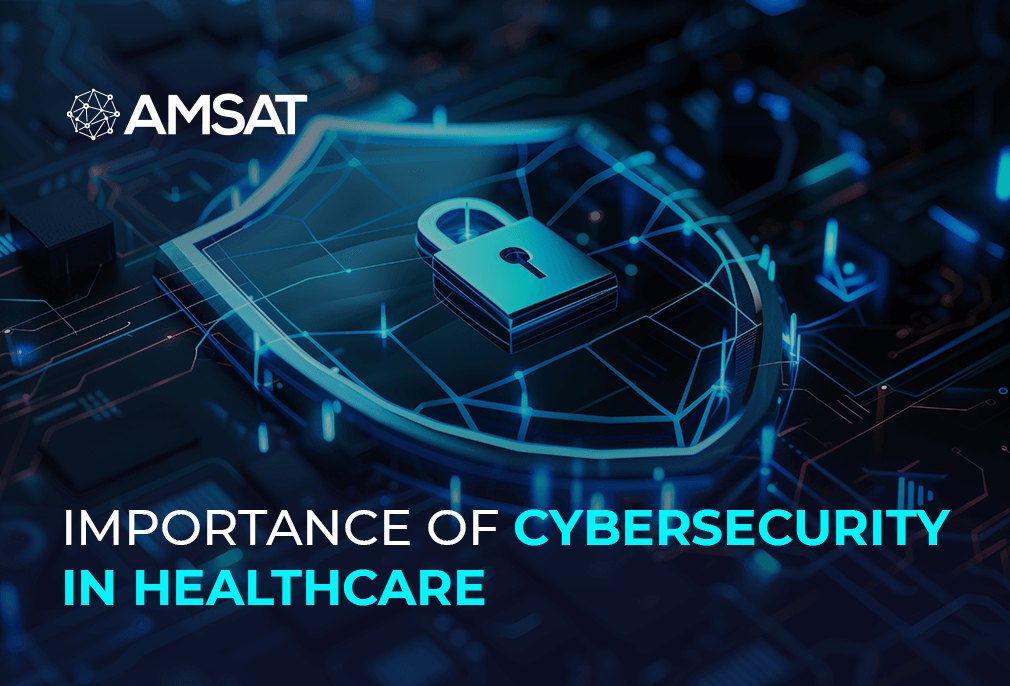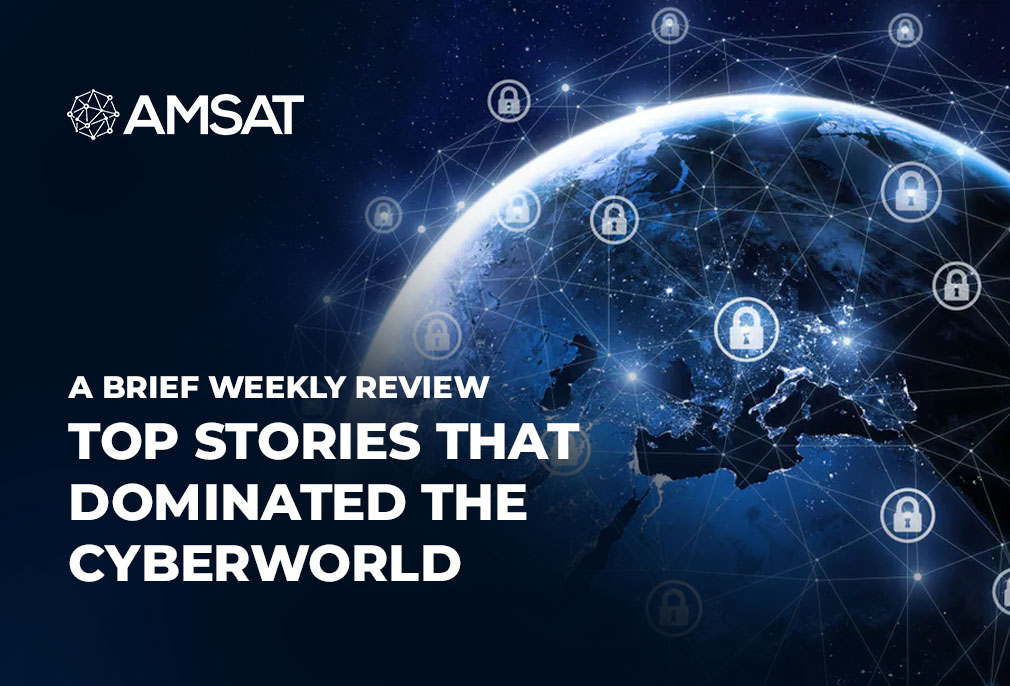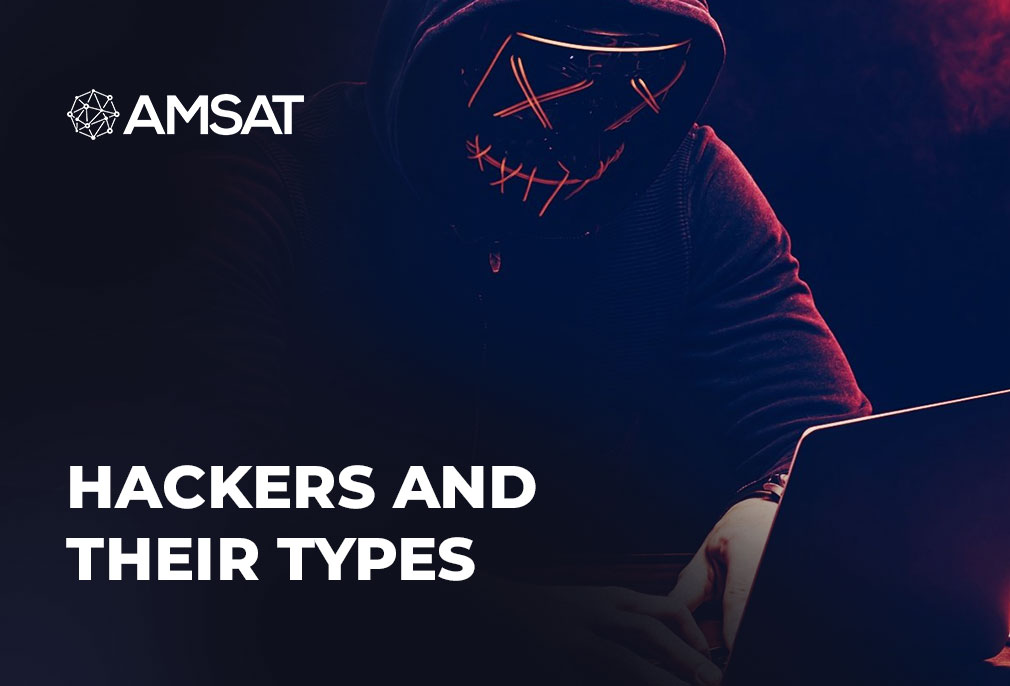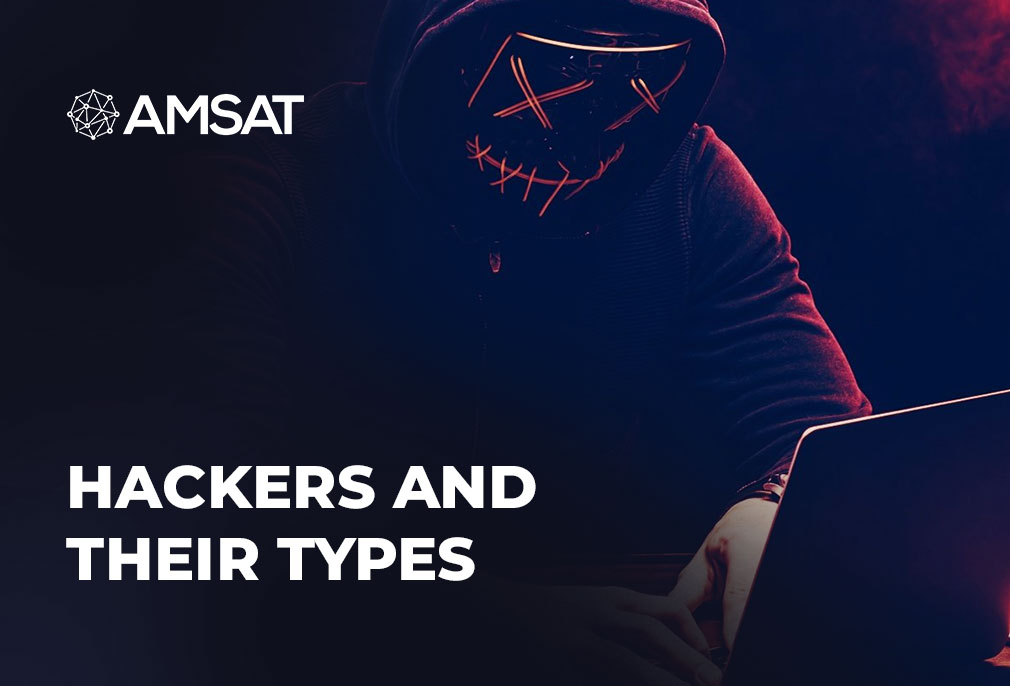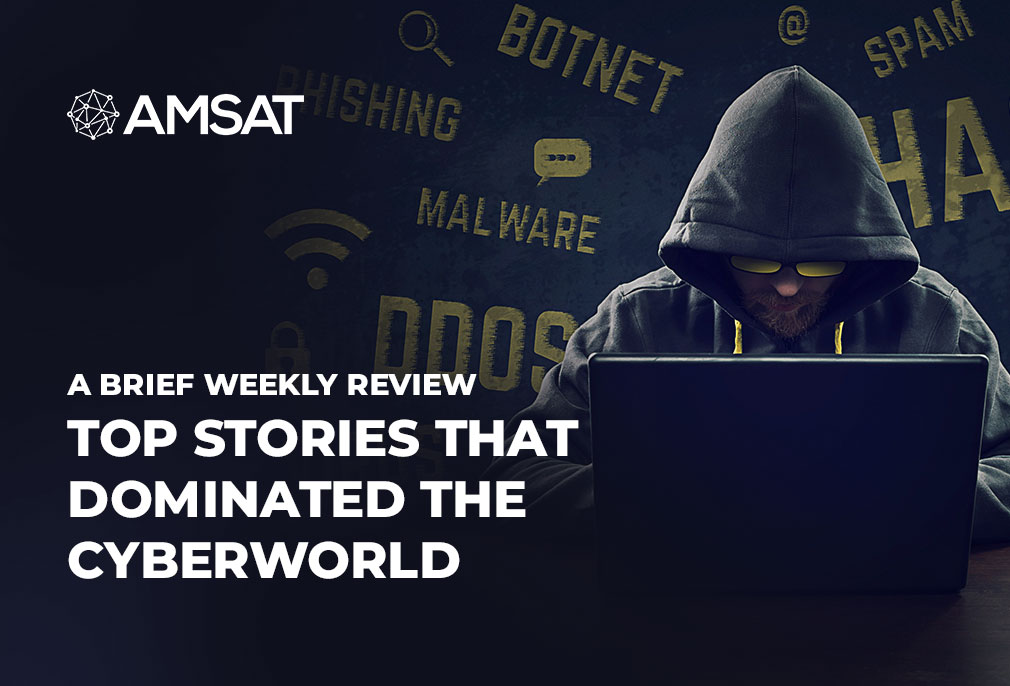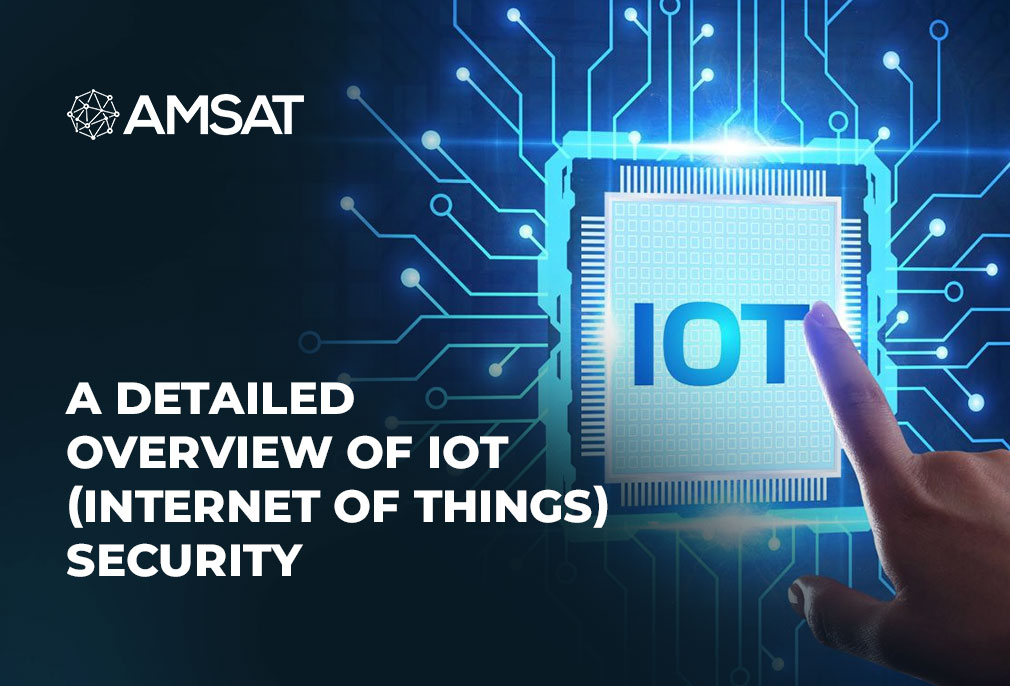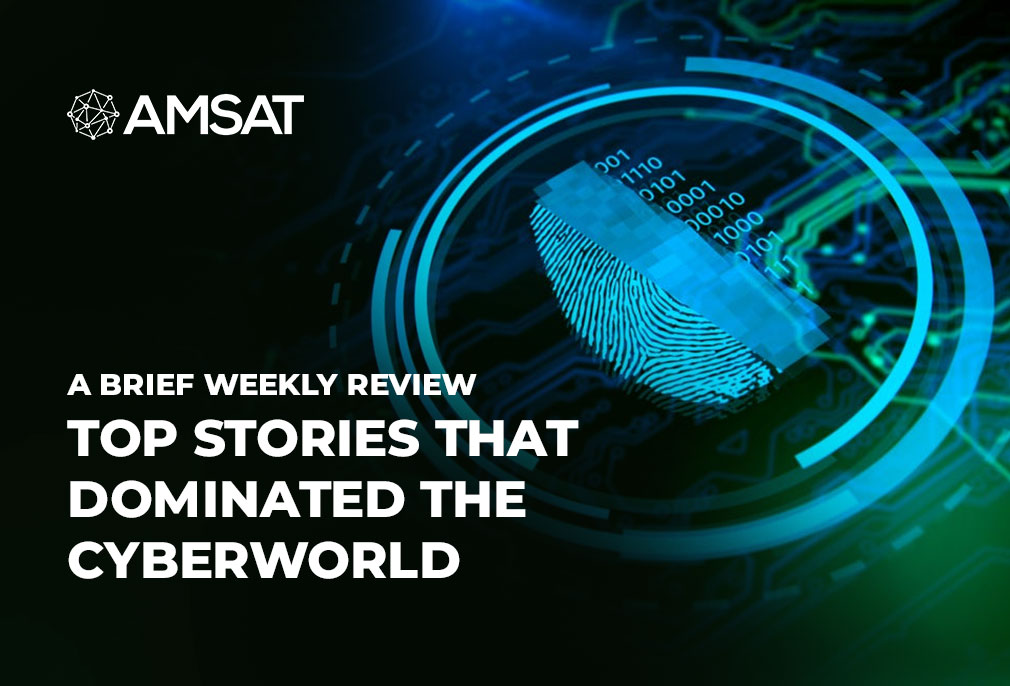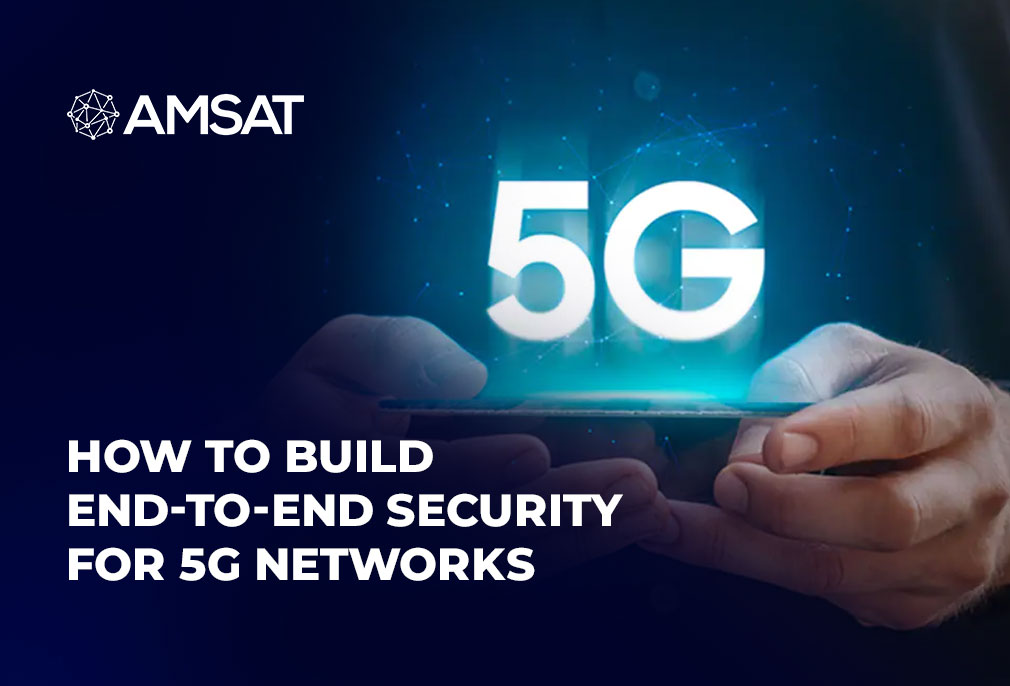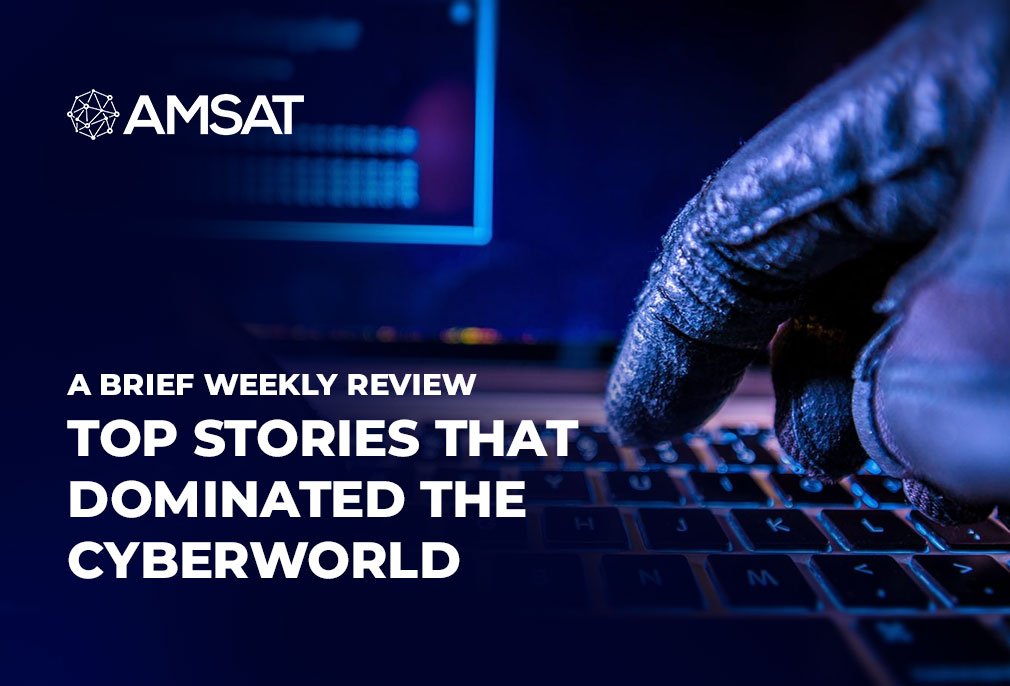Latest Blogs
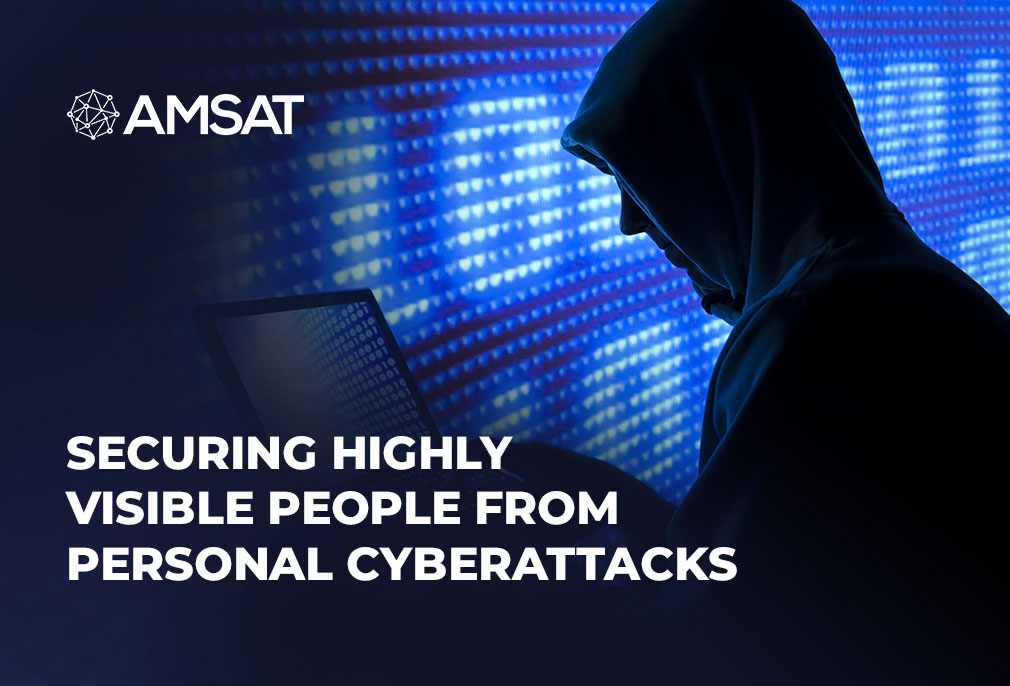
By AMSAT July 28,2021
Securing Highly Visible People from Personal Cyberattacks
Executive security teams encounter threats from several sources including social media, telephone, email, and event in-person physical threats. The teams must find out which are valid threats that need action, and which are simple online outbursts or harassment that should be supervised, but are mostly inoffensive. When the threat is worrying enough to prompt teams to take action, a characteristic response comprises physical, procedural, and technical security procedures. Nevertheless, unless a person has 24×7 executive protection (which is expensive), these threats don’t often intensify while an executive defense team is present. Thanks to this, digital executive security is critical.
Social Media Supervision
The chief social media platforms have teams who can spot menacing behavior and fierce rhetoric, and eliminate it rapidly. Thanks to their success, many of the hostile content is moving to non-traditional forums or social media platforms that are less-regulated. There are also special interest forums focused on technology, finance, or even home to dissatisfied former employees that represent considerable risk.
Technical Signature Examination
People like to post online, and they tend to do so when they are emotionally thrilled. The perception of online secrecy has changed the game and occasionally individuals go so far as to make physical threats. When actors post they leave a digital trail, which can be supervised. Shrewd actors don’t use real names or locations, but opportune ascription can link the actor’s real identity to an online persona, supervision can follow, and alerts can be produced if threats happen. Also, the actor’s posts may unwittingly divulge a location or leave an IP address allowing him to be further identified.
The Appropriate Approach to Digital Executive Security
A custom-made method to digital executive security lets security teams to exploit resources and identify threats without depending on 24×7 physical executive security. This method includes:
Custom-made social media and Open-Source Intelligence Collection: Building a collection engine that reduces visibility gaps is crucial: everything from breach data, to external traffic sources, to foreign media posts, Protective DNS, and corporate information should be enhanced. For example, if a cybercriminal posts a despicable threat but removes it a day later, the collection engine should be able to catch it. This requires proper data engineering of organized and amorphous data to search and alert.
Threat Actor Engagement and Tailored Access: Seeing and engaging cybercriminals needs access to the platforms where they engage, a reliable-looking profile, and research. If a cybercriminal is irritating or leveling allegations against a company’s executive team, they are likely to leave digital breadcrumbs on chat forums or websites intended to attack the company, as well as social media forums.
Technical Signatures Examination: Public information sources can help detect a threat actor’s designs. This data can disclose vital information enabling skilled investigators to match online activity, a general physical location, or movement patterns over time.
Meaningful Evaluation: A system that alerts on the appropriate negative sentiment in an apt manner is critical to pertinent and actionable intelligence. Appreciating social norms, stylometric qualities, and context to actors lets experts quickly identify and determine malevolent capability and intent.
Attribution and Coordination: An important factor in effective digital executive defense is the capacity to attribute an actor’s online identities without warning the actor. This approach includes:
- Watching for pattern of life indicators such as the cybercriminal conducting surveillance activities
- Collecting and examining content for trigger words or photos
- Periodic communication with the Client’s security or physical team. Ascription should not be resource exhaustive and should happen in a timely manner
None of these several elements are a solution in themselves, but together they can flawlessly bridge the physical and the digital world. Combining these pieces lets a digital investigator to continue executive protection supervision, manage the intelligence for a cybercriminal as well as the victim, and ensure appropriate defense.
TAGS
- Cyberattacks
- Security Updates
Recent Blogs
Ready to Get Started?
Our specialists are ready to tailor our security service solutions to fit the needs of your organization.
Latest Blogs
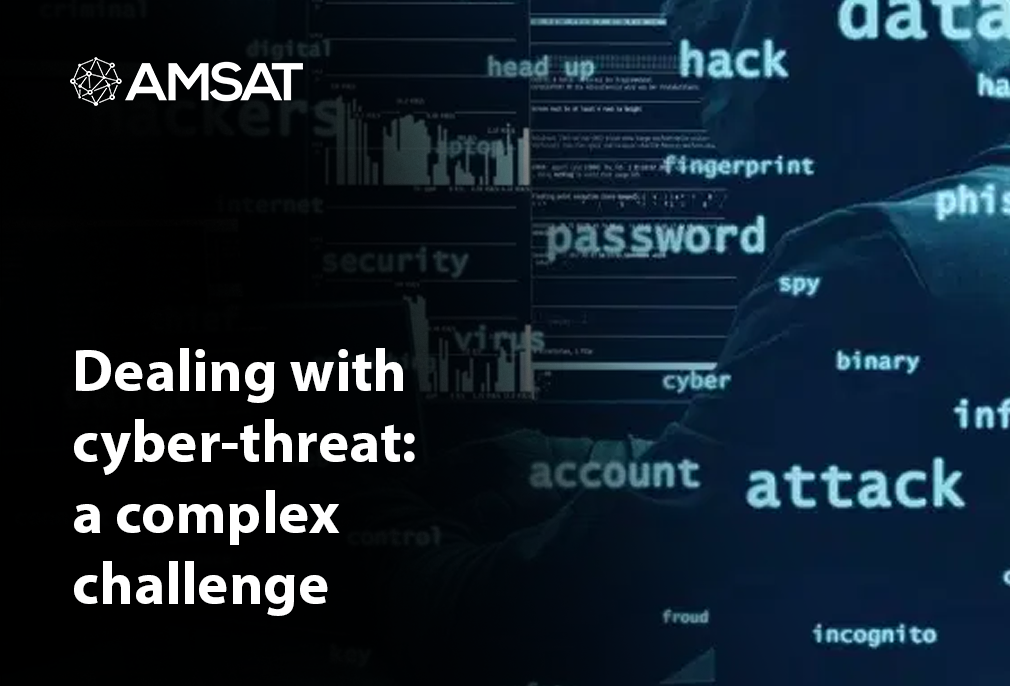
By AMSAT Aug 28,2020
Dealing with cyber-threat: a complex challenge
Across the globe, organizations in various sectors, both public and private, now openly recognize that cyber-attacks are one of the most widespread and gravest risks they encounter.
Given the risks organizations around the world face with regard to the security of their data, dealing with cyber-threat has become a complex challenge. Much of the existing focus is on security and compliance, as companies – subject to growing amounts of legislative, corporate and regulatory requirements – prove they are handling and securing information appropriately.
Since the information security landscape is constantly evolving, private and public sector organizations find it hard to believe they could be a target for cyber-attacks. This approach needs to change, as it’s best to be proactive rather than reactive. At the same time, relying on defense is no longer viable, as the threat actor bent on wreaking harm to an organization will be unrelenting in their objective. This results in public and private sector organizations getting to know what is going on around them so that they can recognize when an attack has occurred or when an attack is on the cards. Intelligence and the intuition that it brings is at the core of next generation of information security.
The importance of cybersecurity
Why should security figure at the top of every organization’s top priority list? Why should senior management of every small and large organization be concerned about cybersecurity?
The answer: The digital world in which business is conducted is susceptible and prone to being attacked. Digitization brings with it boundless opportunities for innovation. It still has a long way to go before becoming a fully protected system that is set to control and regulate itself. Decision-makers ought to ensure that all systems in their company abide by the latest high-security protocols. Employees, particularly not so tech-savvy, must also be competent in basic cyber-security etiquettes. For example, everyone needs to know how to recognize a phishing email and how to isolate it, while informing the proper authority, both internal and external.
Without the right security strategy, you might be in for an irreparable damage for your organization. Even with the sturdiest controls in place, an organization would do well to bank on those controls to be tested. Threat attackers know how to find weak spots and take advantage of them, opening holes up that bring down robust systems. The solution lies in being offensive rather than defensive, and practicing the essential security tasks that will keep most of the threats at bay.
TAGS
- Cyber Crime
- Security Updates
Recent Blogs
Ready to Get Started?
Our specialists are ready to tailor our security service solutions to fit the needs of your organization.
